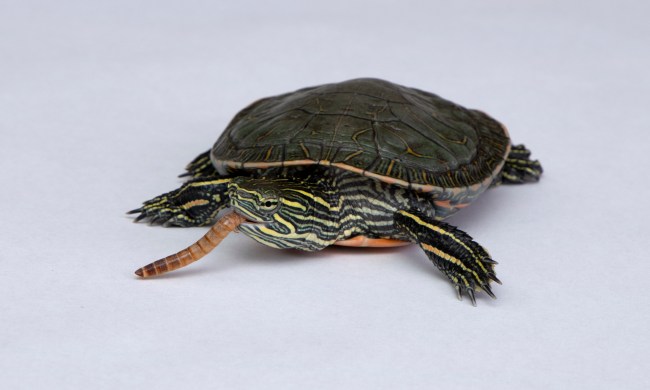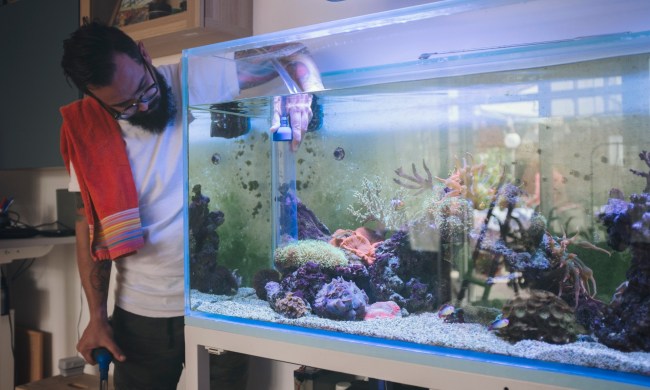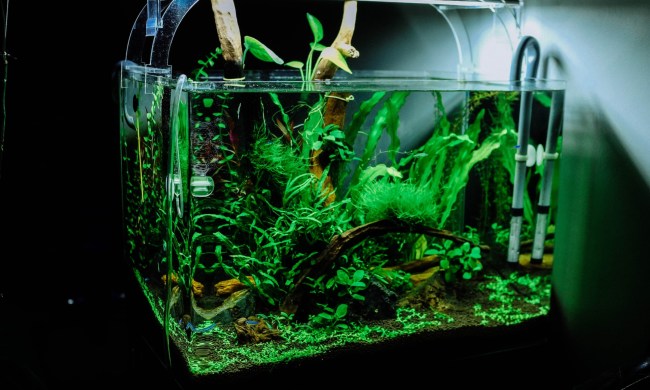Reptiles aren’t just a niche pet anymore: Hordes of people have adopted these playful creatures as companions. Your heart is set on a scaly beast, but you still have a big decision ahead of you: What kind? If you’ve determined that it’s down to lizard versus snake, figuring out which is right for you might still be tricky. To help you choose, here’s a guide to the primary differences between lizards and snakes.
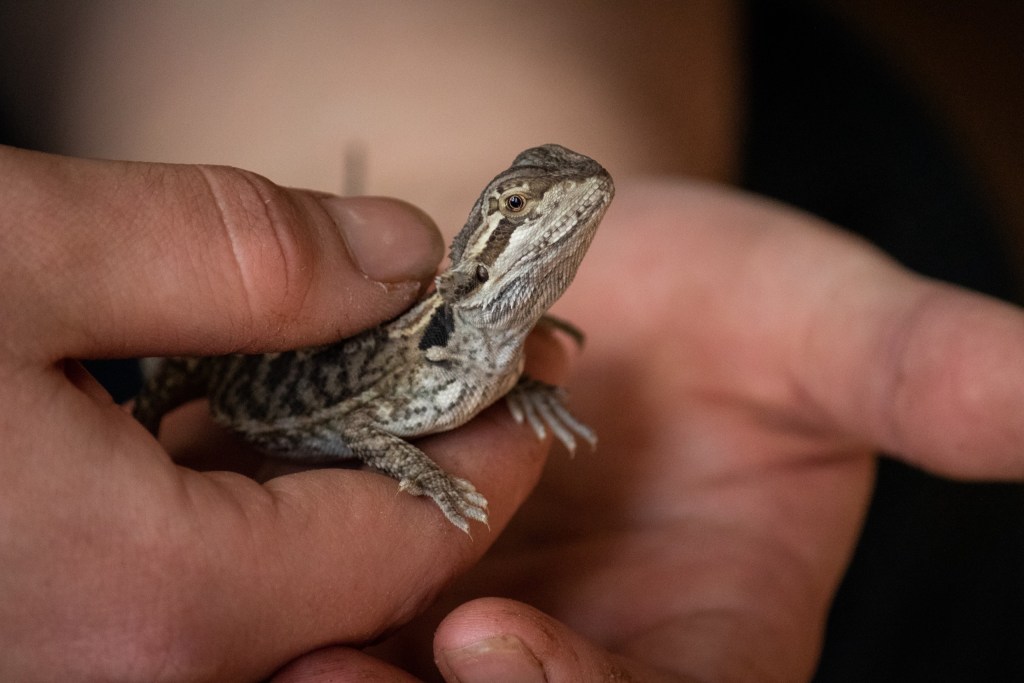
Both come in all shapes and sizes
Before selecting your animal, you’ll want to narrow down your options. Chameleons, geckos, anoles, bearded dragons — lizards run the gamut. Some prefer dry, some wet. Some like to be alone, some need a friend. Each species will bring something a little bit different to pet ownership.
Snakes aren’t far off in this regard either. Although we may think of them as all the same thing, there’s a wide range of temperament in these creatures. If you’re a beginner, you’ll probably look at corn and garter snakes (maybe leave pythons for more advanced handlers).
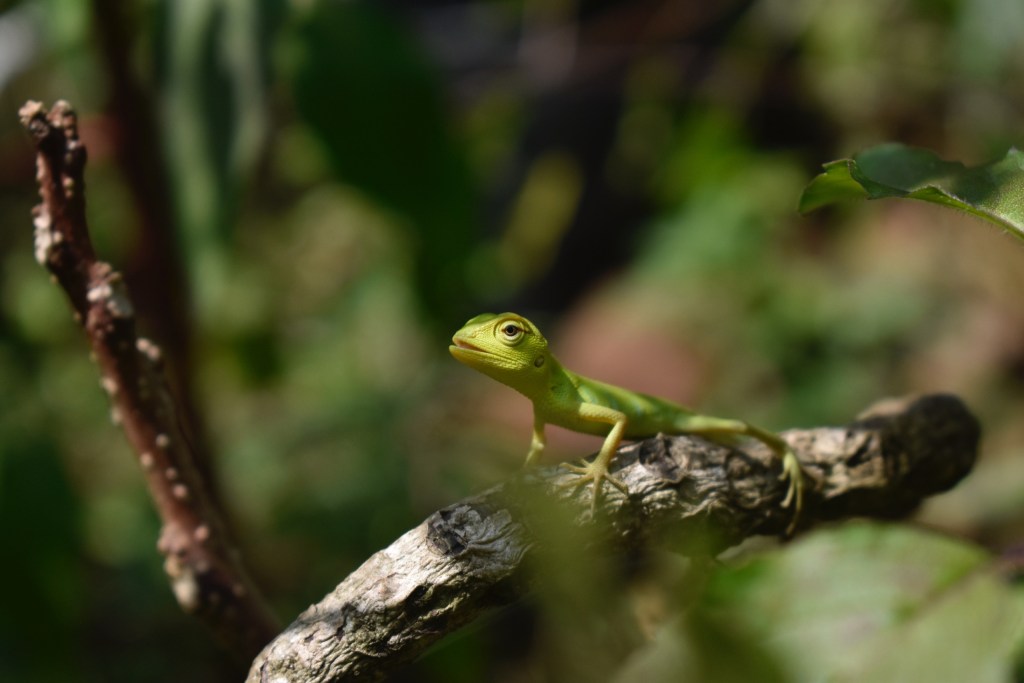
Lizards are less creepy (mostly)
While your chameleon might have shifty eyes, there’s less of a creep factor with most lizards. Some people can’t look past snakes’ slithering, and anyone squeamish about live feeding should stick with certain lizard species. A few types of iguanas and geckos eat only or mostly veggies and will make a good pet for a nervous human. But if you can overlook the no legs, snakes aren’t quite as scary as they seem.
Snakes don’t need as much work
Many common pet snakes, surprisingly, will present less of an upkeep challenge. While every pet needs specific care, snakes live well mostly at room temperature (though you might add a small heat lamp for sunning) and don’t like too much moisture. You’ll still want to monitor both, but your house might provide the right levels already.
Most lizard species, like chameleons and bearded dragons, require distinct heat and humidity levels. Additionally, some get pretty big, though littler ones such as geckos can do well in smaller enclosures. Others also require live plants in their homes, which adds to caretaking responsibilities.
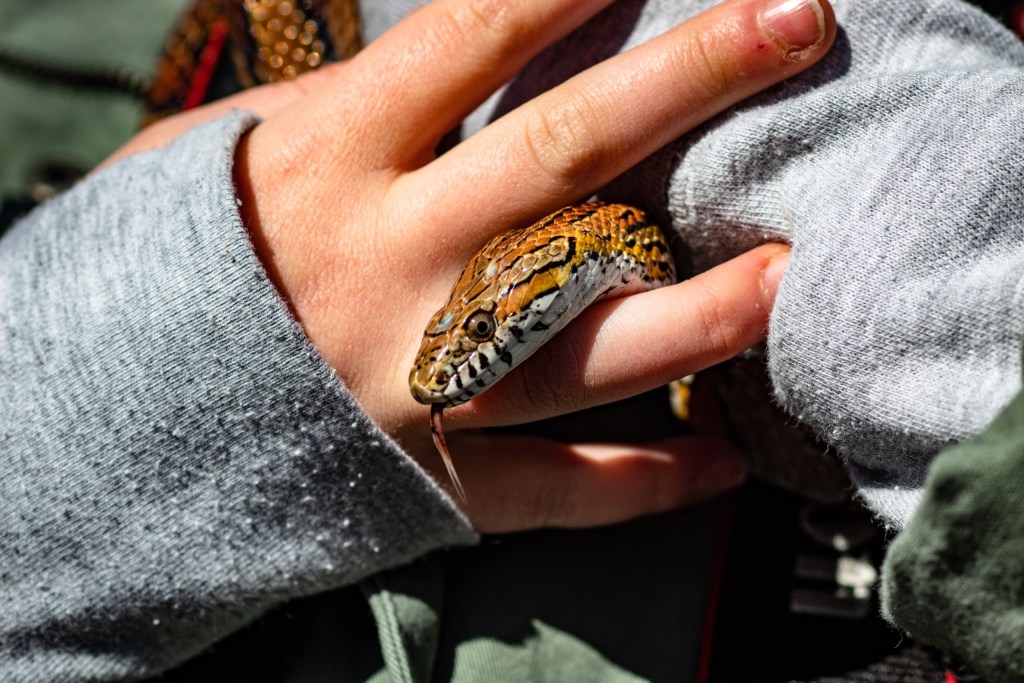
Feeding snakes can be a challenge
Your pet snake will typically eat rodents. It’s not terribly pleasant to watch or handle, and pet owners should think carefully before committing to a snake. Some hatchlings need live prey as well, which requires an even stronger stomach. On the plus side, these snakes eat only once per week or so, meaning you don’t have to do this all the time.
Some lizards are vegetarian, but most are omnivores. Live feedings for these guys involve insects like crickets — much more tolerable to those watching. They make up the rest of their diet with leafy greens and fruits. It can be fun to treat your lizard and watch him enjoy his snack. Don’t do this too often, but a piece of melon once a week will be a welcome change to a chameleon or other pet.
Many lizards are less affectionate
You read that right! Lots of lizards, like the gargoyle gecko, anole, and chameleons, don’t often enjoy being handled and should be considered a predominantly hands-off pet. Corn snakes, on the other hand, get used to their humans quickly and make great companions. Kids may have an easier time holding a snake than a very small lizard, such as a leopard gecko, as well. If you want an eyes-only pet, you should consider a shy lizard. As long as he has plenty of room to move about and trees or rocks to live in, he’s happy just to be observed from afar.
While life span varies in both species, you can find reptile pets living into their 20s. Always determine that you’ll be able to manage an animal for his full life before bringing him home. A few lizards prefer to come in pairs or more, and you’ll need to take that into account as well when planning enclosures, feedings, and decor. We don’t recommend keeping snakes and lizards anywhere near each other either. Even if no one’s in danger, the threat of a predator can cause stress. When you find the right reptile for you, you’ll have a great friend for decades to come.

